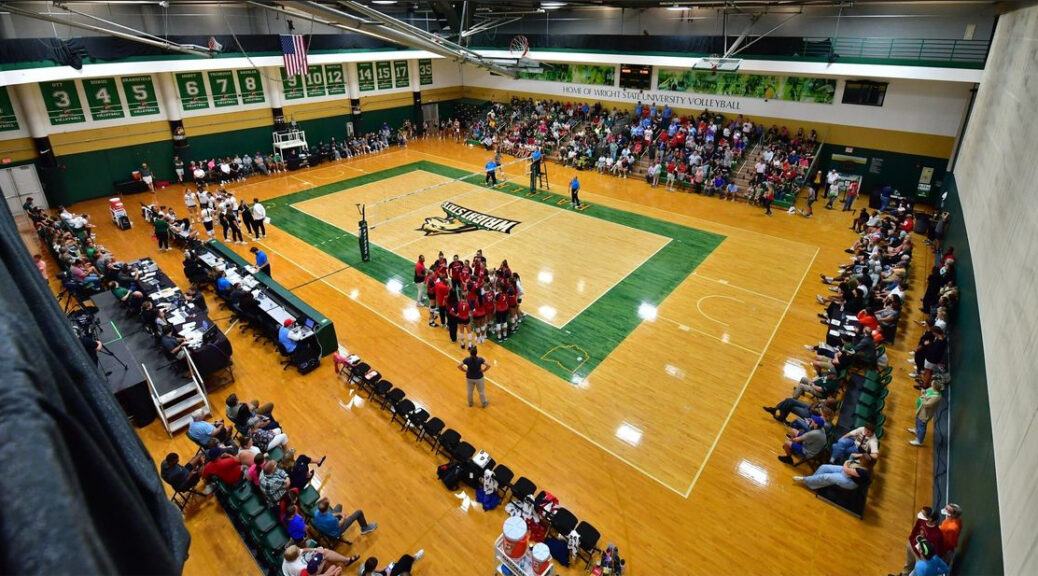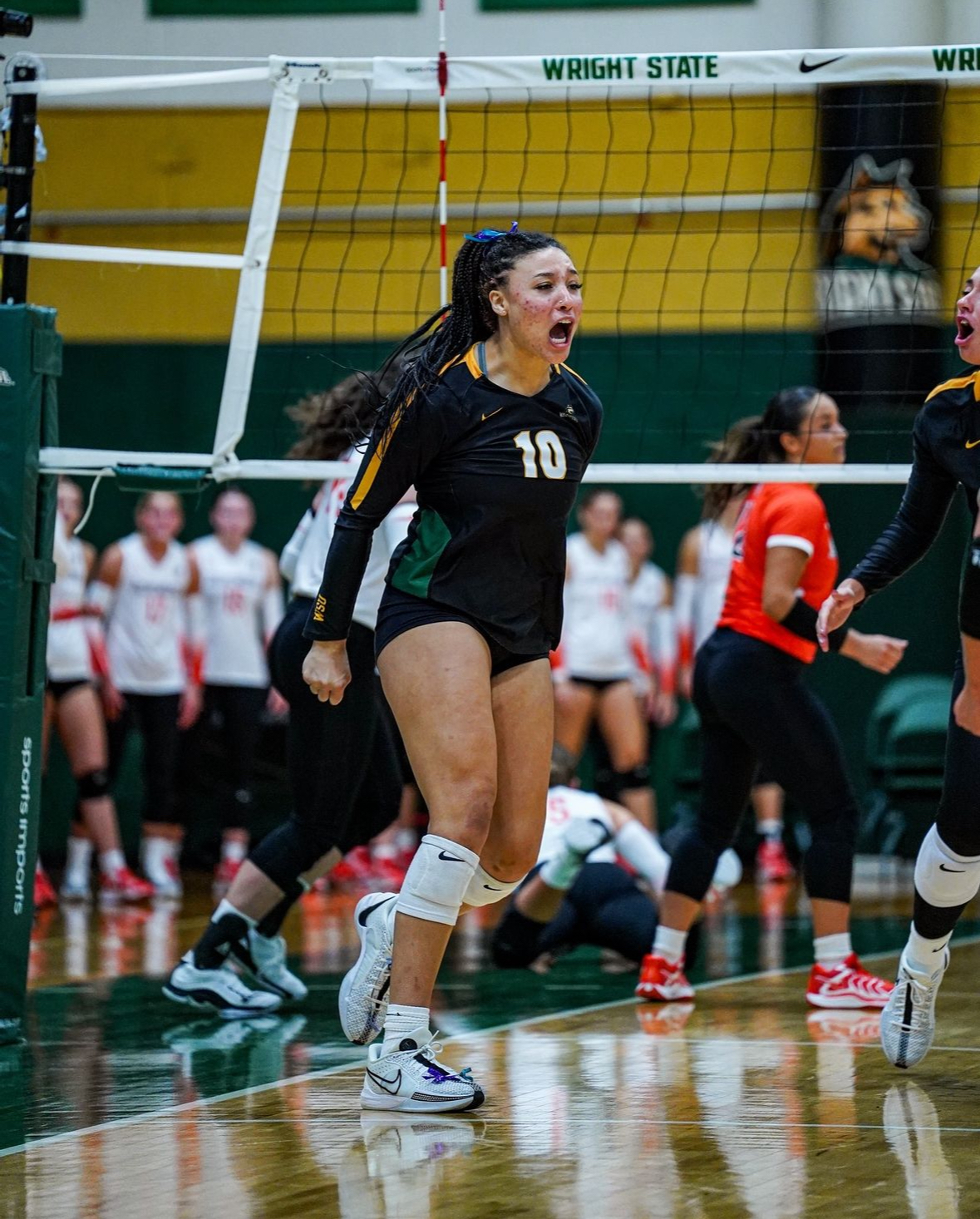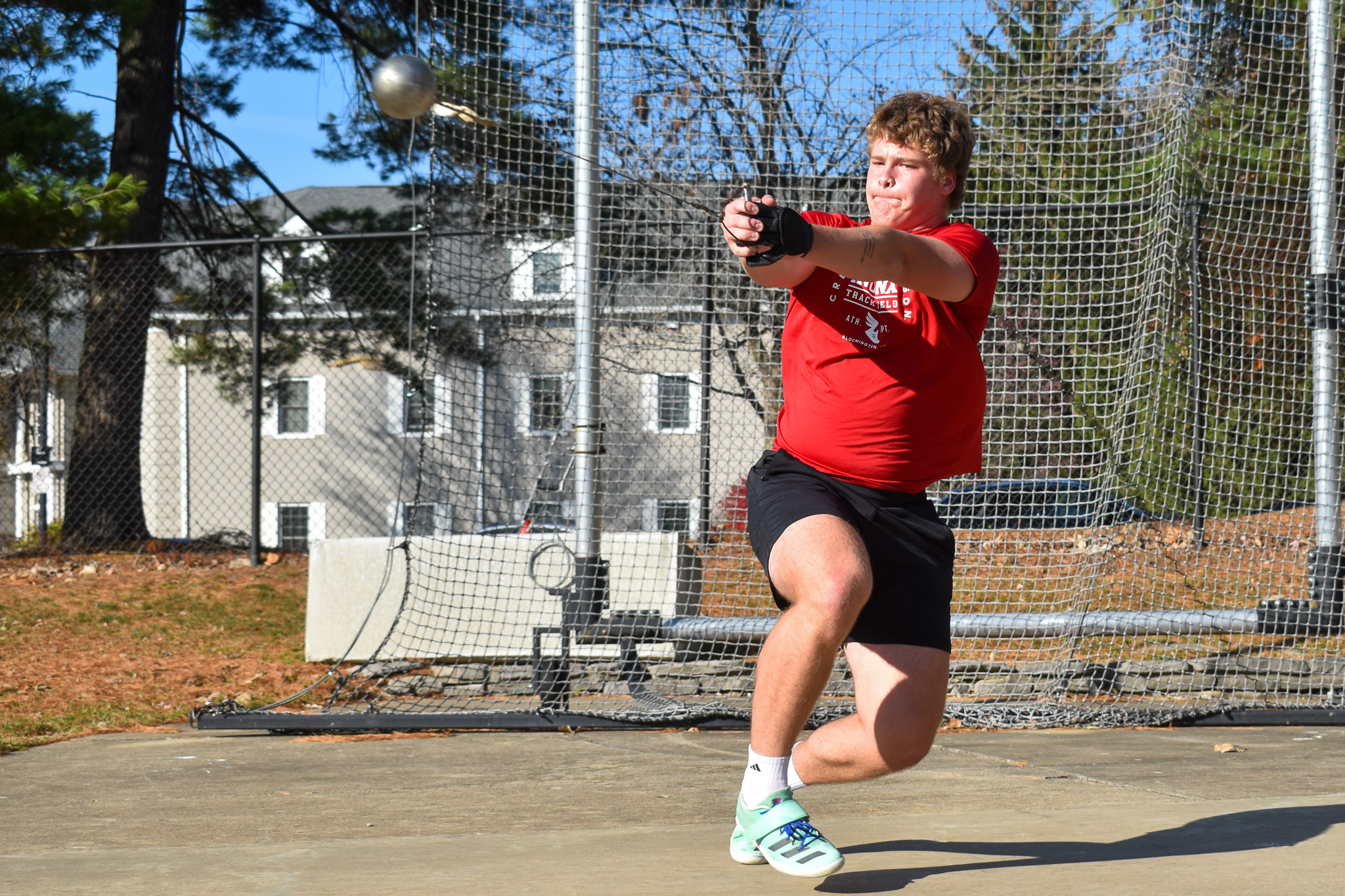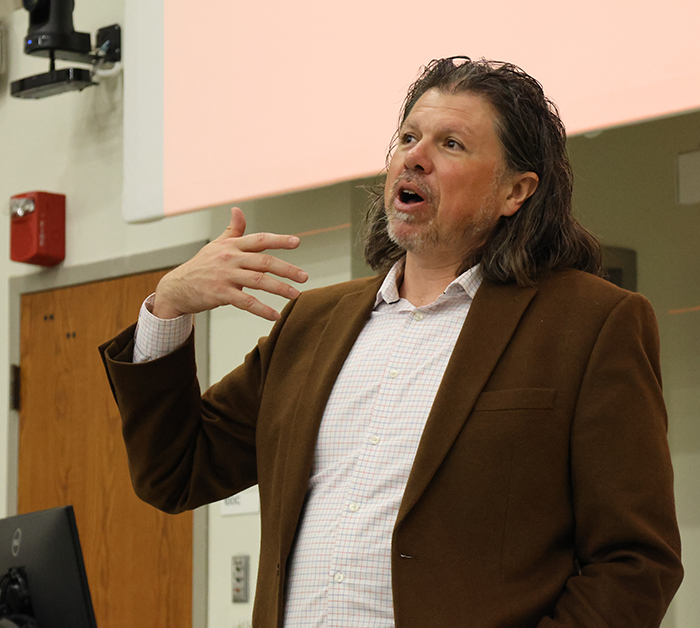
New NIL decisions open new doors for transfer and first year athletes
By Audrey Pfeiffer, Katie Newett and Ryan Beauregard
BLOOMINGTON, IN (Nov. 5, 2024)
When Mya Ayro attended Greenwood Community High School as the outside hitter on the volleyball team, she never would have imagined the tumultuous path that NIL would pave in her collegiate career.
Ayro is a four-year letterwinner and holds the record for the most kills in program history at Greenwood Community High School along with competing in the AAU National Championships with her club volleyball team in 2021
The 19-year-old was driven by the power and initiative that volleyball provided and knew that she wanted to find the right fit in a college—a perfect combination of athletics, academics, and the ability to provide a successful career.
As she chose her school, she reflected on the values that really matter to her.
“At the end of the day, I’m focused on my performance and education,” Ayro said.
For her freshman year, Ayro excitingly committed to University of Connecticut. Throughout her time there, she was very successful—playing 27 matches for the team and recording a career-best kill count of 16 against Yale last September.
But there was always something missing at UConn for Ayro. She entered the transfer portal for her spring semester and chose Wright State University, another Division 1 school, where she has continued to attend through the 2024-2025 school year.
This season, Ayro is a successful athlete at Wright State, and is projected to continue her career there.
Ayro is not alone in her decision to transfer schools, but some may do it for the wrong reasons. Transfer athletes could be motivated to transfer for a variety of reasons—relationships, location, education, or in our research, NIL. Many believe that NIL can be a selfish or immoral reason to transfer, including Ayro.
“As a transfer athlete myself, transferring for personal pay ruins the whole point of sports,” Ayro said.

Professor of Sports Media and Director of the National Sports Journalism Center at Indiana University Dr. Galen Clavio describes the experience that athletes have and the expectation that they’re incapable of balancing all the components that come with being a collegiate athlete.
“A lot of how we approach athletes is we almost infantilize them. We treat them like they’re incapable of making their own sense of priority,” Clavio said. “We don’t do that for other college students, do we?”
First year IU thrower Seth Brosseau also picked his university based on the academic performance, as opposed to NIL money. More uncommon sports like throwing or tennis are less likely to make as much money comparatively to basketball or football, simply based off the amount of viewership and popularity the sport has.
“I know that, personally, as a male track athlete, my opportunities with NIL and making money from them are more slim than other athletes in other sports,” Brosseau said.
Ayro has found similar issues in relation to gender bias in sports. Men’s sports tend to gain a bigger viewership and, therefore, more money.
Similarly to Ayro, Brosseau believes that NIL is secondary to sports and academic performance, and it would be immoral to transfer simply for the money. He thinks that there should be some restrictions set on the amount that athletes are allowed to make on top of the amount for transferring, for the sake of the team dynamic.
“I think that it is fair that athletes have their school fully compensated for, as athletes bring a specialized skill to their college,” Brosseau said. “I do think that there should be some better devised limits on the amount of money that athletes are able to make outside of having their school paid for.”

Ayro believes that NIL is secondary to performance and practice time, since it is not one of the main factors that she put into the consideration of picking her school.
“NIL is just an opportunity to network. My program isn’t focused on the fame and money. We are focused on how we perform; NIL is just something that may happen for us,” Ayro said.
Clavio also included that it is extremely important as an organization to educate athletes on the importance of how to use social media and handling their affairs correctly. Many times, athletes don’t realize how much they can capitalize off their careers and end up losing out on opportunities.
“I would strongly recommend that we start teaching about social media, branding, and the utilization of digital media at the high school level for everybody because that is where most people are communicating these days,” Clavio said.

Sex is a factor that may play into NIL as well. Ayro thinks that men are more likely to talk about their deals and get bigger deals, since viewership is typically biased toward males.
“NIL is a bigger aspect in male sports. That’s where it generally becomes an issue,” Ayro said, “They want all of the benefits they can get and if a school offers more benefits compared to another, it tends to sway their choice.”
Despite the idea that male sports have a larger viewership in general, Clavio acknowledges the growth that women’s sports have had since the rise of popularity in women’s basketball, starting with Caitlyn Clark.
“It’s nowhere near the amount of money that men’s revenue sport athletes are getting just for existing in many cases, but it has meant that there are some female athletes who have been able to capitalize at the college level,” Clavio said. “Now that they are more known commodities, which might open up additional commercial possibilities that weren’t there before.”
NIL is an ever-growing and evolving idea, but the foundations for first year and transfer athletes will remain the same—performance and education come before any type of compensation.
We headed to campus to ask students and fans about their opinions on NIL deals.
###

